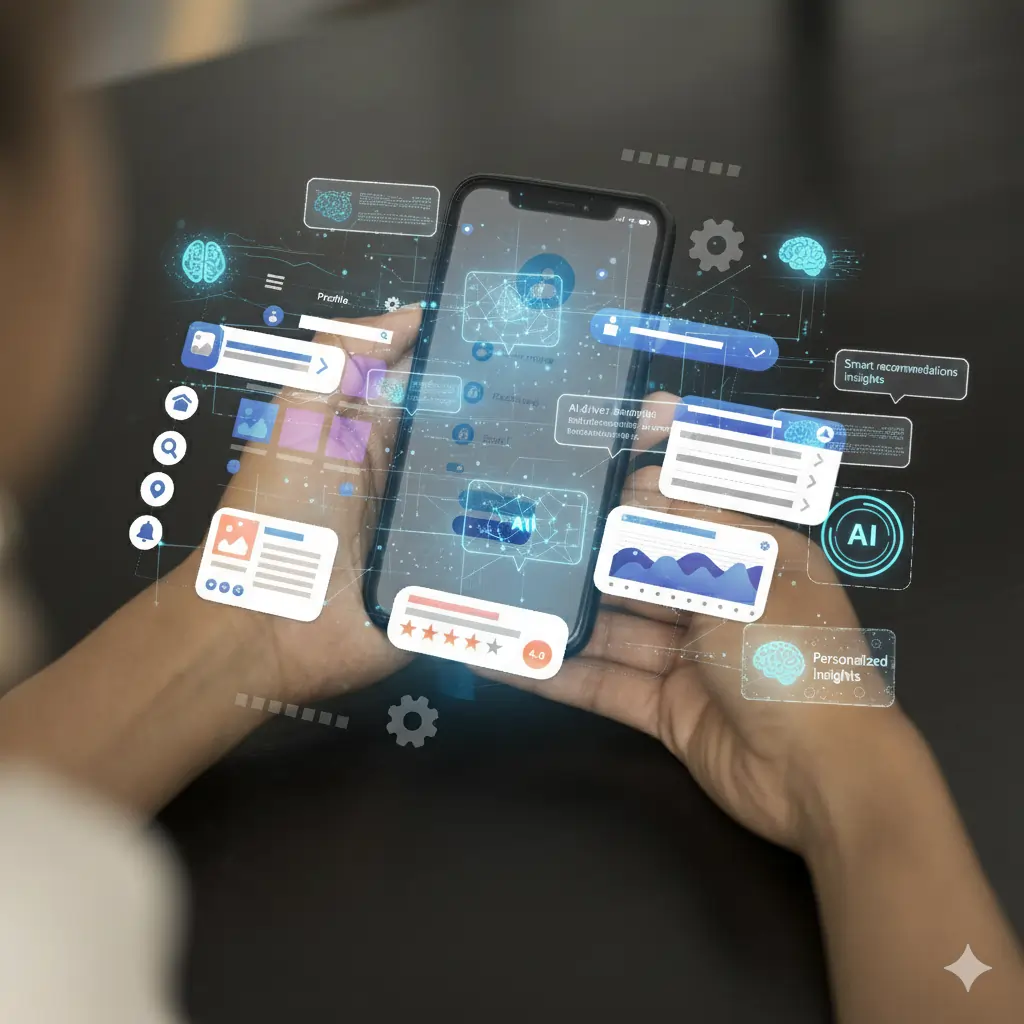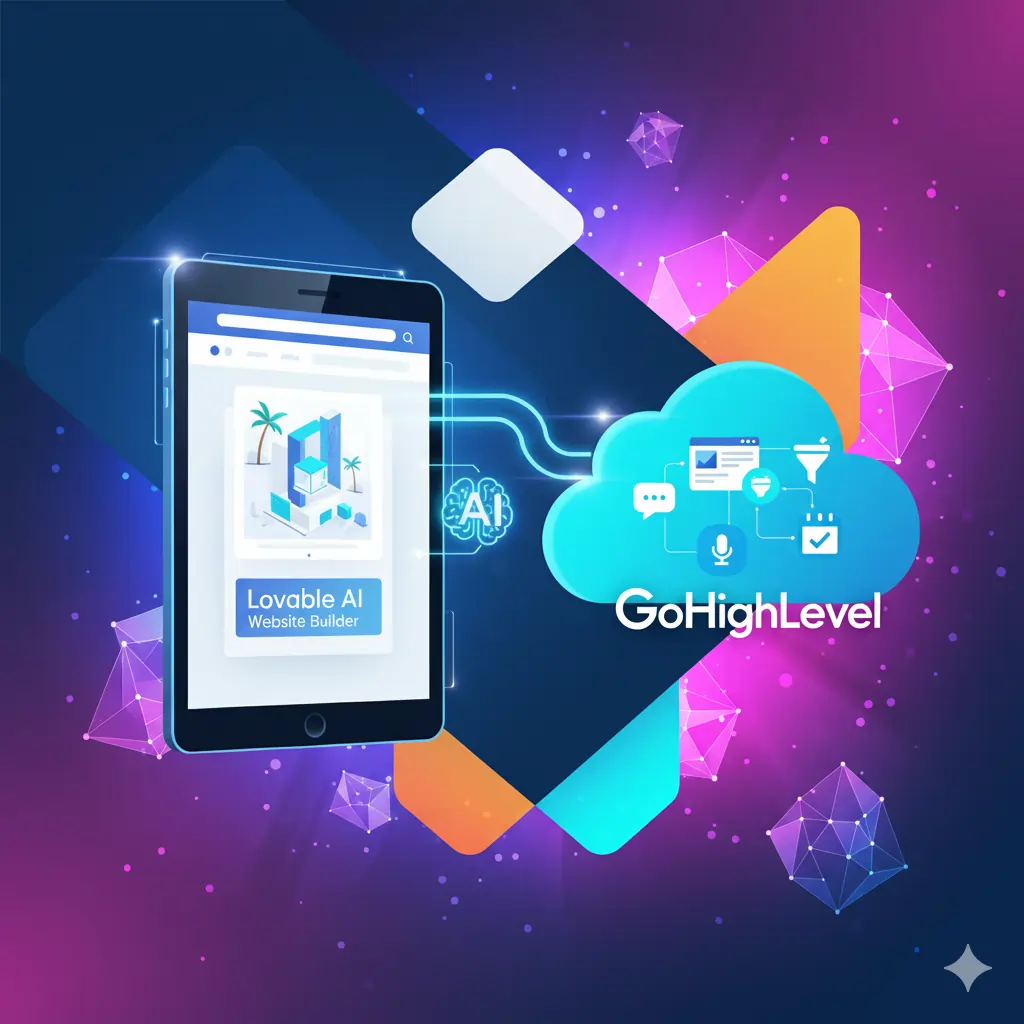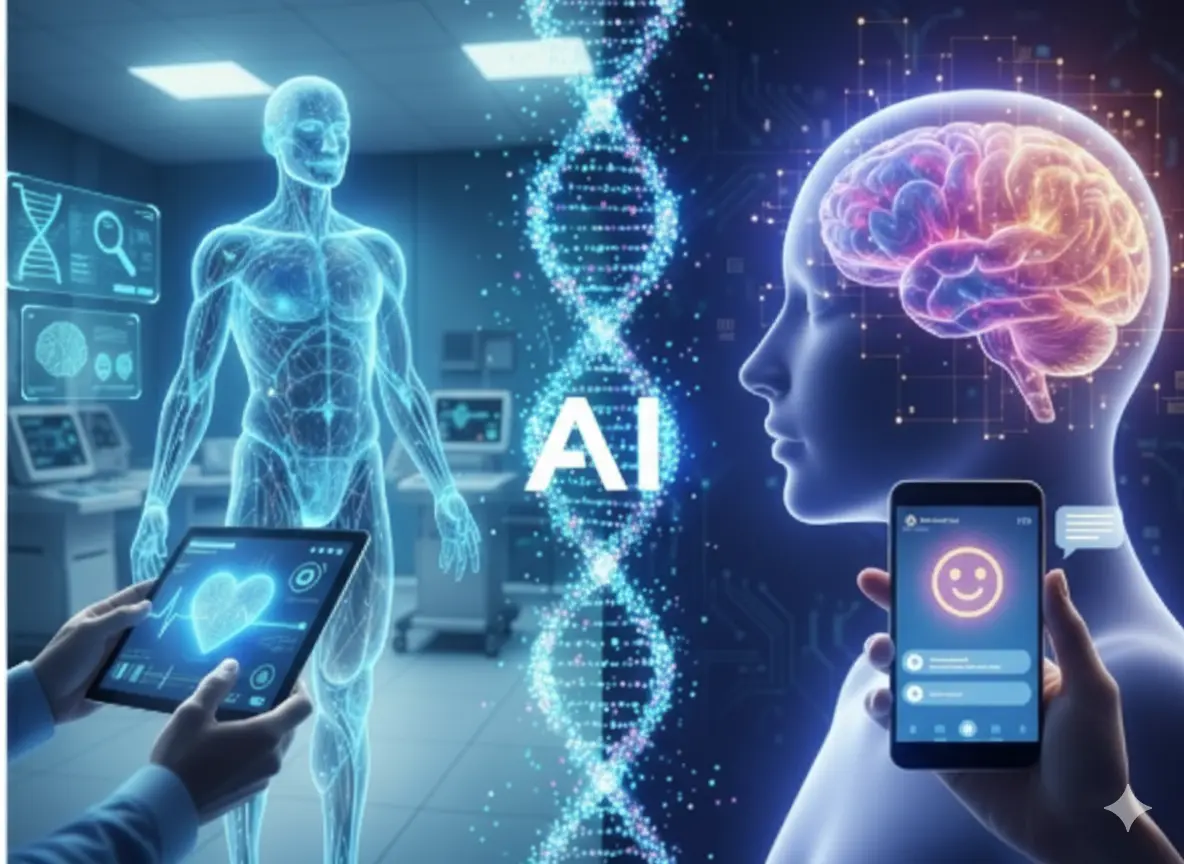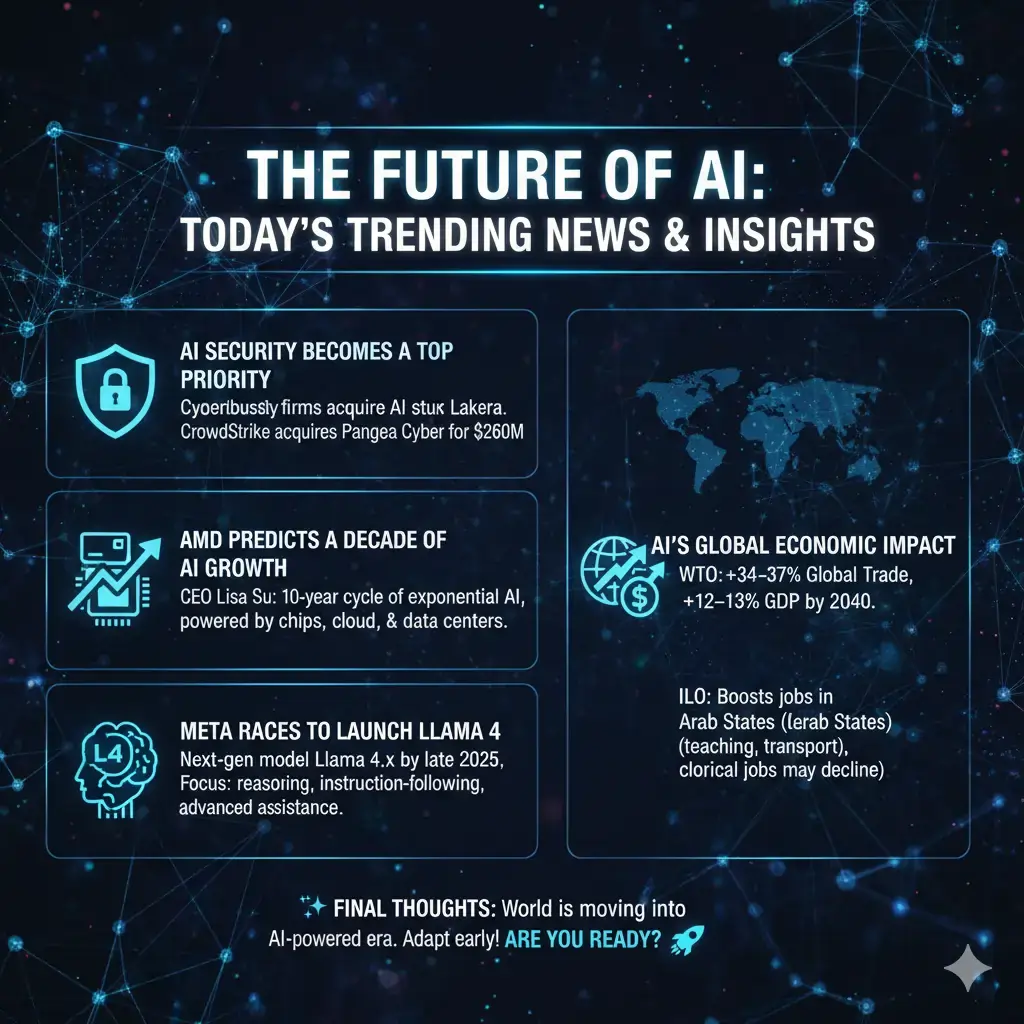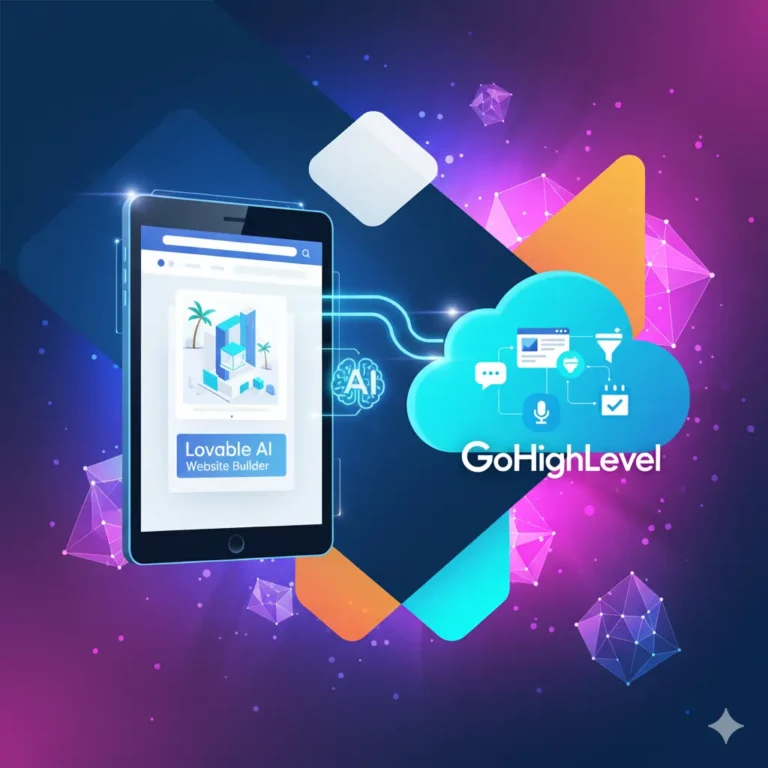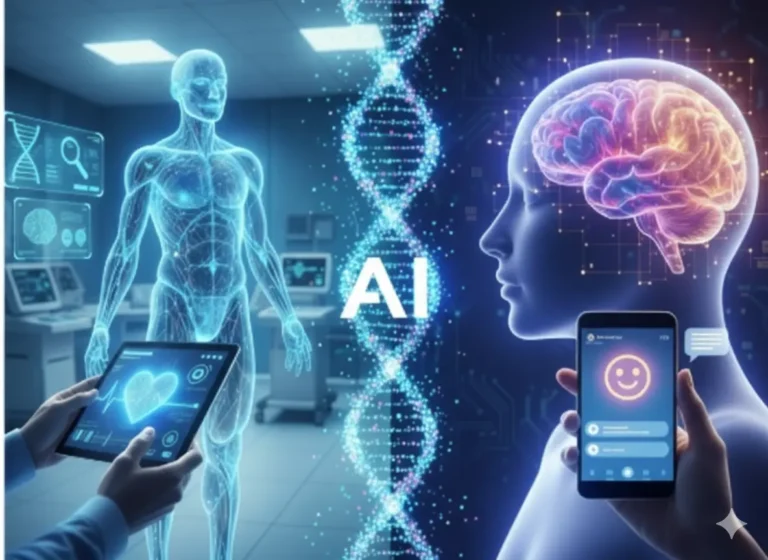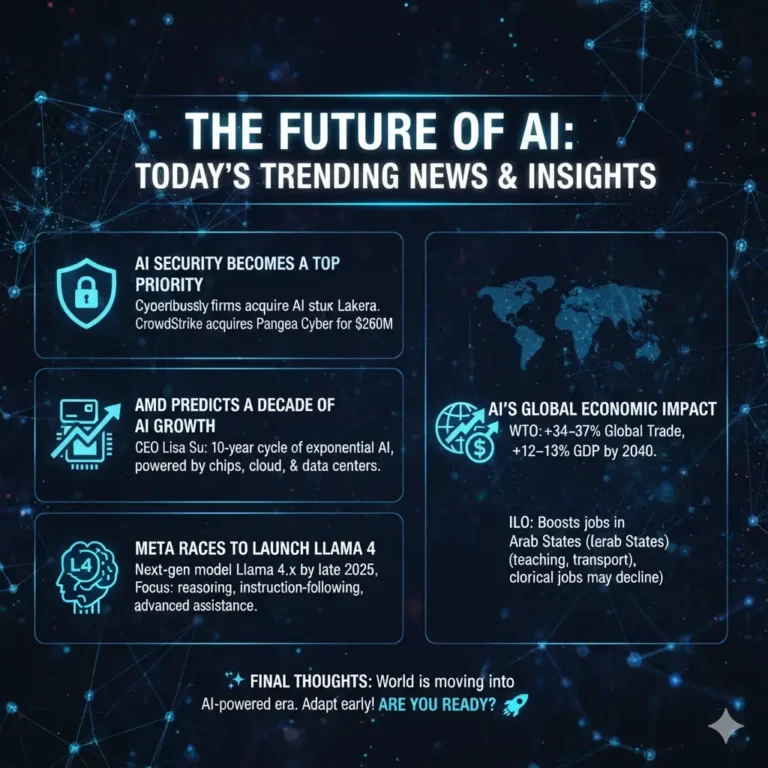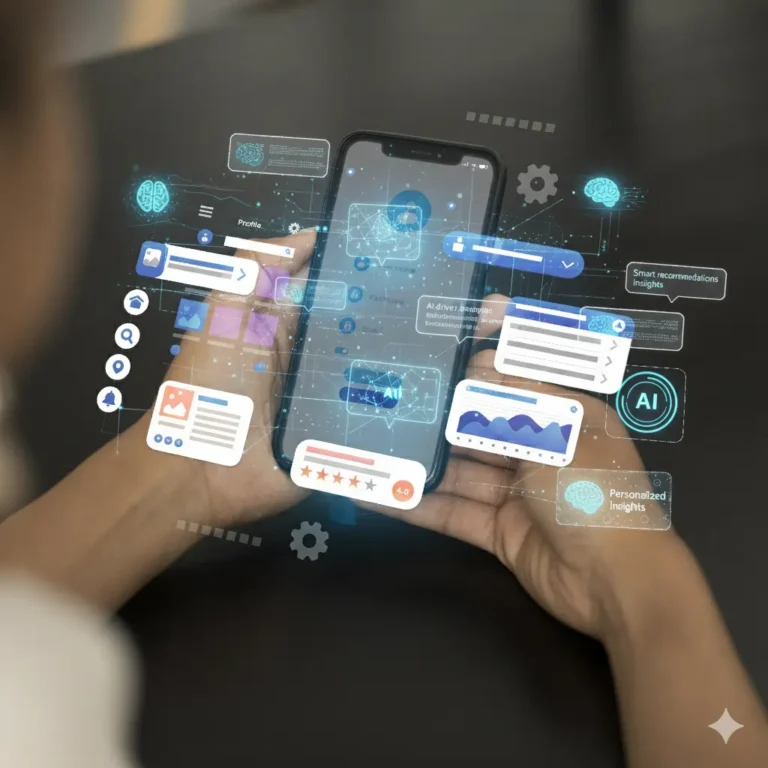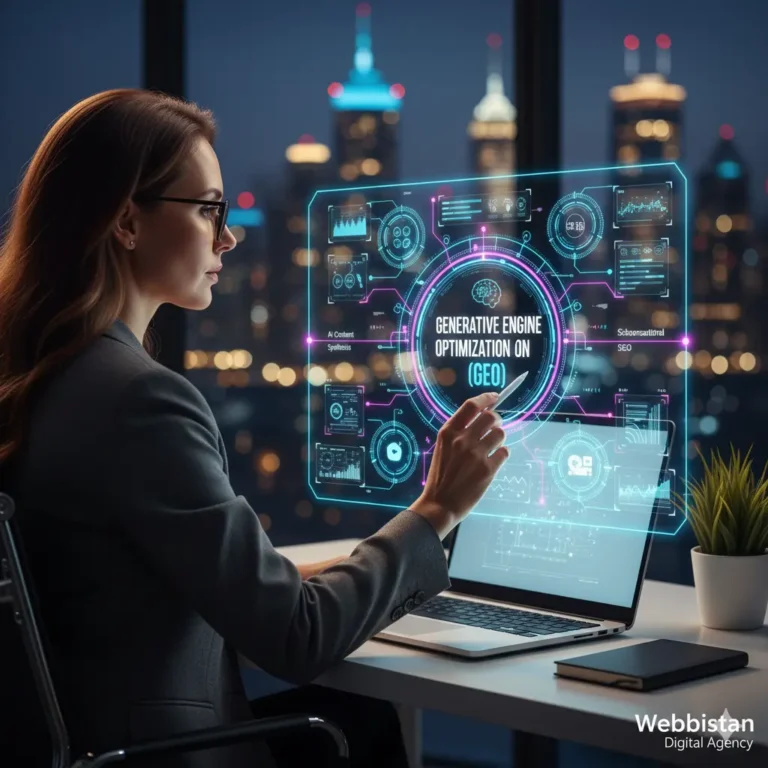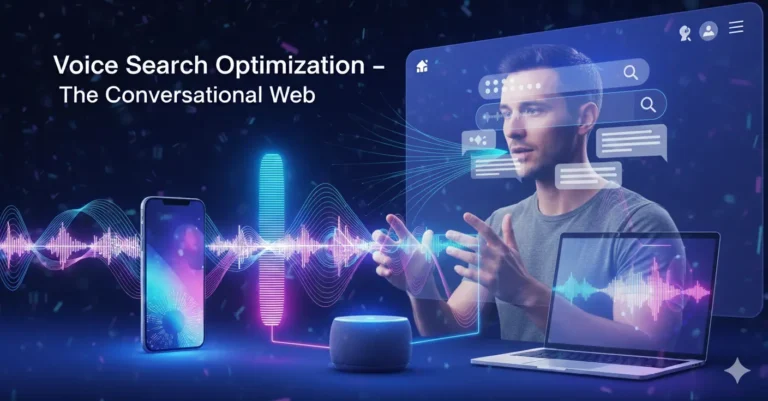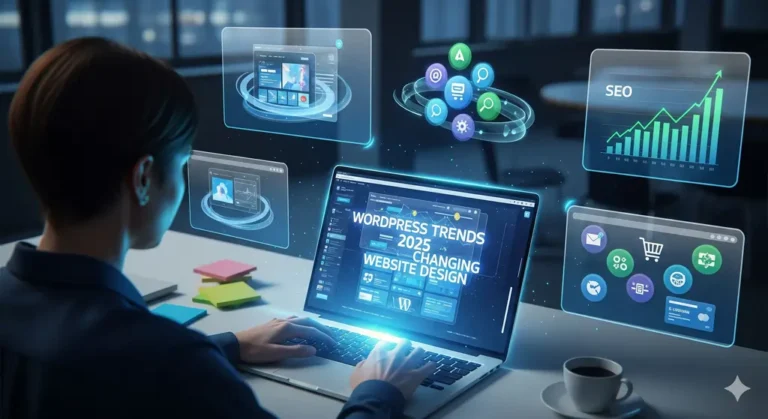This article explores iPhone 7 vs iPhone 17 AI features and traces how Apple’s mobile AI has evolved. When Apple released the iPhone 7 in 2016, the device introduced software-driven intelligence; by 2025, the iPhone 17 and iPhone Air run dedicated Neural Engines that power advanced on-device AI and developer tools.
AI model in iPhone 7: software-first intelligence
The iPhone 7 did not include a dedicated AI chip. Instead, it relied on the device’s CPU, GPU and Image Signal Processor (ISP) to run machine learning tasks. That meant AI was largely software-driven:
- Siri (NLP): early natural language processing improvements made voice tasks more responsive.
- Camera processing: computational photography techniques (including Portrait Mode on iPhone 7 Plus) used heuristic and ML-based pipelines.
- Predictive typing: keyboard suggestions adapted to user input patterns.
- Power management: software optimizations balanced performance and battery life.
AI Model in iPhone 7: General-purpose CPU + GPU + ISP (no dedicated Neural Engine).
Are You Ready For Your Next-Level Website?
AI model in iPhone 17: dedicated Neural Engines
The iPhone 17 (and iPhone Air) use the A19 / A19 Pro silicon built with dedicated AI accelerators. These Neural Engines are designed for large-scale on-device ML. Compared to older models, iPhone 17 AI features stand out for their ability to process billions of operations per second while protecting user privacy. Key innovations include:
- Neural Engine / AI accelerators: billions of operations per second for low-latency ML tasks.
- On-device models (Apple Intelligence): local NLP, visual recognition, and privacy-first personalization running in iOS 26.
- Advanced computational photography: Photonic Engine, improved HDR, and scene-aware processing.
- Real-time features: live translation, Center Stage framing, and dual capture for creators.
AI Model in iPhone 17: A19 / A19 Pro with dedicated Neural Engine and AI accelerators (on-device ML first).
Comparison: technology then vs now
| Feature | iPhone 7 (2016) | iPhone 17 / Air (2025) |
|---|---|---|
| AI Hardware | No Neural Engine; CPU/GPU/ISP | Dedicated Neural Engine; A19 / A19 Pro |
| Camera Tech | Dual lens, early computational photography | 48MP Fusion Cameras, Photonic Engine, Center Stage |
| Voice & NLP | Siri improvements, limited offline NLP | Smarter Siri, on-device NLP, live translation |
| Performance & Battery | Software power management | Adaptive performance with AI-based battery optimization |
| Developer tools | Limited ML APIs | Core ML, on-device model deployment, optimized frameworks |
What this means for digital agencies
Understanding iPhone 7 vs iPhone 17 AI features helps digital agencies plan mobile-first experiences. The shift toward on-device AI enables:
- Faster, privacy-preserving personalization for apps and marketing.
- Higher-quality visuals for content creators, social campaigns, and product photography.
- Smarter automation for workflows—transcription, translation, and context-aware UI.
Agencies should test models with Core ML, design for on-device latency, and craft content that leverages improved camera & AI capabilities. By integrating iPhone 17 AI features into their mobile strategies, agencies can deliver richer and more personalized digital experiences.
“From iPhone 7’s early AI to iPhone 17’s Neural Engines, Apple’s smartphones show how AI drives digital transformation in mobile technology.”
Future outlook: where Apple AI is heading
Looking beyond iPhone 17 AI features, Apple is expected to push further into generative AI, context-aware Siri, and advanced multimodal models. For businesses and digital agencies, this means continuous opportunities to harness Apple’s AI ecosystem for smarter apps, immersive experiences, and new marketing strategies.
Are You Ready For Your Next-Level Website?
Conclusion
The journey from the iPhone 7 to the iPhone 17 marks a pivotal shift in Apple’s mobile strategy, moving from an era of software-driven smart features to one of dedicated, on-device AI. This evolution from the CPU/GPU-based intelligence of 2016 to the Neural Engine-powered capabilities of 2025 is a testament to how deeply AI is becoming integrated into hardware. For businesses and digital agencies, this trend presents a crucial opportunity to innovate. By leveraging the faster, more secure, and more personalized experiences enabled by the iPhone 17’s AI features, they can create richer content, smarter applications, and more effective digital strategies, ultimately capitalizing on the future of mobile technology.
Further reading:
Apple Newsroom |
iPhone 7 (Wikipedia)
Get AI Automation

